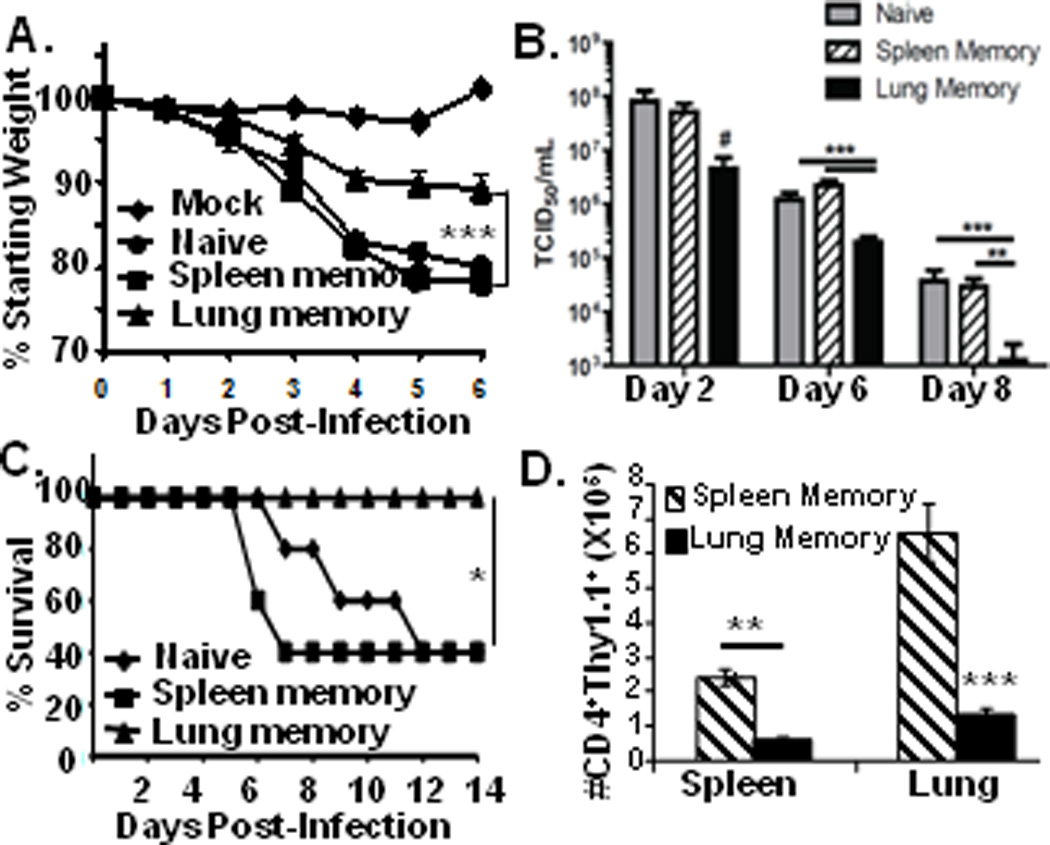Figure 4. Lung memory CD4 T cells mediate enhanced protection to influenza challenge compared to spleen memory CD4 T cells.

BALB/c mice and recipients of lung- or spleen-derived HA-specific memory CD4 T cells (106/mouse) were challenged with PR8 influenza virus. (A) Daily weight loss following sub-lethal influenza infection, compiled from 6 independent experiments with n=20–25 per group. (B) Kinetic analysis of influenza viral titers in the lungs of naive mice or mice receiving spleen- or lung-derived memory CD4 T cells as in A. Results are expressed as mean TCID50 from 4–9 mice per group, representative of 2–4 experiments at each time-point. (C) Lung memory CD4 T cells protect from lethal challenge. Graph shows survival of naive BALB/c mice or mouse recipients of spleen- or lung-derived memory CD4 T cells infected with 2LD50 of PR8 influenza virus from two independent experiments with 8–10 mice/group. (D) Numbers of lung- and spleen-derived HA-specific memory CD4 T cells recovered from recipient spleen and lungs 6 days post-infection, expressed as the average from 5 mice/group, representative of six experiments. Significance for all sections indicated by *** for p <0.0005, ** for p < 0.005, * for p < 0.05, and #, for p = 0.06.
